Continuing yesterday’s post on the least visited National Parks, here are the bottom five. Ranging from a single former residence to a couple remote Alaskan parks, this is a diverse collection of rarely visited national treasures.
5. Thaddeus Kosciuszko National Memorial
- Visitors in 2012: 2,045
- Visitors Average in 5 years: 2,831
- Area Size: 0.02 acres (0.0081 ha)
- Location: Thaddeus Kosciuszko National Memorial is located at 301 Pine St., Philadelphia, PA, which is the corner of Third and Pine streets in downtown Philadelphia.
- How to Get There:
It can be simply accessed by car via I-76 and I-676, I-95, and US 30 (Benjamin Franklin Bridge). If you arrive in the city by bus or train, use public transportation and take the Market- Frankford subway east to 5th and Market Streets then just walk two blocks east to 3rd Street. Travel south and continue 5 blocks more to finally reach the Kosciuszko House.
- Description:
Thaddeus Kosciuszko National Memorial is actually a preserved home of the Polish freedom fighter Thaddeus Kosciuszko. The Polish hero sought refuge in this house after being released from the Czarist Russia prison due to a failed attempt to free his fellow countrymen in Poland. In this memorial home, visitors are given the chance to relive the life and see the work of the Polish patriot who is also a hero of the American Revolution.
- Activities:
Visitors can choose to attend an audio-visual program that is held on both floors of the house and narrated both in English and Polish. This audio-visual program describes the house and then tells the life of Thaddeus Kosciuszko. There are also self guided tours of the House which starts on the first floor.
Another activity to enjoy is the exhibit show (an information area and a small bookstore) which particularly highlight the heroic life of Thaddeus Kosciuszko. Throughout the year, there are also presentations conducted by park rangers wherein the NPS staff will gladly answer any questions you might have, as well as provide detailed info regarding the Kosciuszko House, Independence National Historical Park and other park sites. Since entrance fees are free, no tickets are needed on these tours/exhibits which run every Saturday and Sunday from 12:00 p.m.- 4:00 p.m.
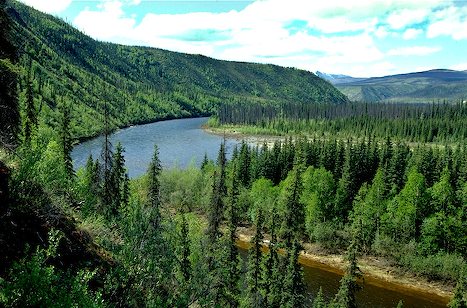 4. Yukon-Charley Rivers National Preserve
4. Yukon-Charley Rivers National Preserve
- Visitors in 2012: 1,393
- Visitors Average in 5 years: 4,139
- Area Size: 2,525,512 acres (1,022,038 ha). It covers 115 miles (185 km) of the 1,800-mile (3,000 km) Yukon River and the whole Charley River basin.
- Location: This park is located in the east central Alaska along the border with Canada. It covers 115 miles of the 1,800-mile Yukon River and the entire Charley River basin. The nearest city to this area is Fairbanks, Alaska.
- How to Get There:
There is no direct highway that connects to Yukon-Charley Rivers National Preserve; that’s why visitors are only able to access this preserve by either air travel from Fairbanks, Alaska or water or air travel from the two small towns on the road system that are near the preserve boundaries.
- Description:
With its location being in Interior Alaska, the Yukon-Charley Rivers National Preserve offers its visitors an exciting journey into a landscape that is yet untouched. It also holds some history as the many rustic cabins and historic sites are reminders of the vital role of the Yukon River during the 1898 gold rush. The paleontological and archeological sites will let you discover how the environment was thousands of years ago. There is also an abundant display of wildlife in the rolling hills that make up the preserve but the100-mile long wild Charley river is still the most fantastic asset of this park for it is dubbed by many as the most magnificent river in Alaska.
Keep in mind though that the interior Alaskan region undergoes extremes of weather, with temperatures that can range from -50 °F (-46 °C) in winter to 97 °F (36 °C) in summertime with rapid changes in weather and temperature day to day and within any given day.
- Activities:
You can opt to simply float down the Yukon while you enjoy the natural beauty of eastern interior Alaska and the Yukon River itself, or you can go the route down the Charley River and observe its superb wildlife. There are also historic remnants of bygone eras to view if you stop along the Yukon River. Other fun activities available in the preserve include hiking, skiing, camping, fishing and sport hunting (subject to Alaskan game regulations) and dog mushing. The preserve can be enjoyed by visitors all year round (but prepare accordingly!).
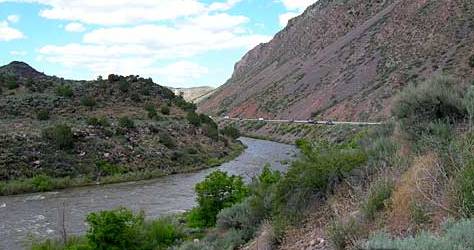 3. Rio Grande Wild &Scenic River
3. Rio Grande Wild &Scenic River
- Visitors in 2012: 694
- Visitors Average in 5 years: 1,045
- Area Size: 9,600 acres
- Location:  For 1,250 miles, the Rio Grande serves as the boundary between the United States and Mexico. This park is located 6 miles north of New Mexico-Colorado border at Lobatos Bridge and ends at Velarde, New Mexico, 16 miles north of Espanola, New Mexico. Situated in a remote stretch in west Texas, the river creates a curve to the northeast to form the “big bend†where the wild character of the river thrives.
- How to Get There:
You can travel via land as there are some highways that will lead you to the ‘The Rio Grande Wild & Scenic River’ through Big Bend National Park: TX 118 from Alpine to Study Butte or FM 170 from Presidio through Study Butte, or US 90 or US 385 through Marathon.
If you wish to fly going to this park, the nearest airports served by major airlines are located in Midland/Odessa, Texas and El Paso, Texas. There’s no public transportation available to this site but many rental cars will be available in the airports.
- Description:
Due to its terrific and remarkable scenic, geologic, fish and wildlife, and recreational values, Congress have designated this part of the Rio Grande in Texas as the’ Rio Grande Wild and Scenic River’ in 1978. Sunny weather is flourishing the entire year on this site with relative humidity usually between 25%-40% year around. However, it can be really chilly from November through April once the cold fronts bring such freezing weather coupled with rain and snow. Also, unexpected rapid river rises during rainy seasons (which extend from mid-July through early October) can be seriously risky.
The National Park Service at the Rio Grande Wild and Scenic River conserves, as well as shields free-flowing and natural and scenic conditions of the river, plus its immediate environment for the entertainment and benefit of today and future generations. Rio Grande is a quiet and secluded type of park that boasts a spectacular view of the river canyons, amazing nature and the ancient character of the Rio Grande itself. This park is open 24 hours every day, the whole year.
- Activities:
Guests can enjoy various recreational activities on the river such as picnicking, boating, camping, hiking/backpacking, biking, horseback riding and of course, wildlife viewing. Yet the best way to witness the magical beauty of the Rio Grande Wild & Scenic River is to explore the river in a canoe or raft; thus giving you the best scenic experience and wilderness escape while visiting this park.
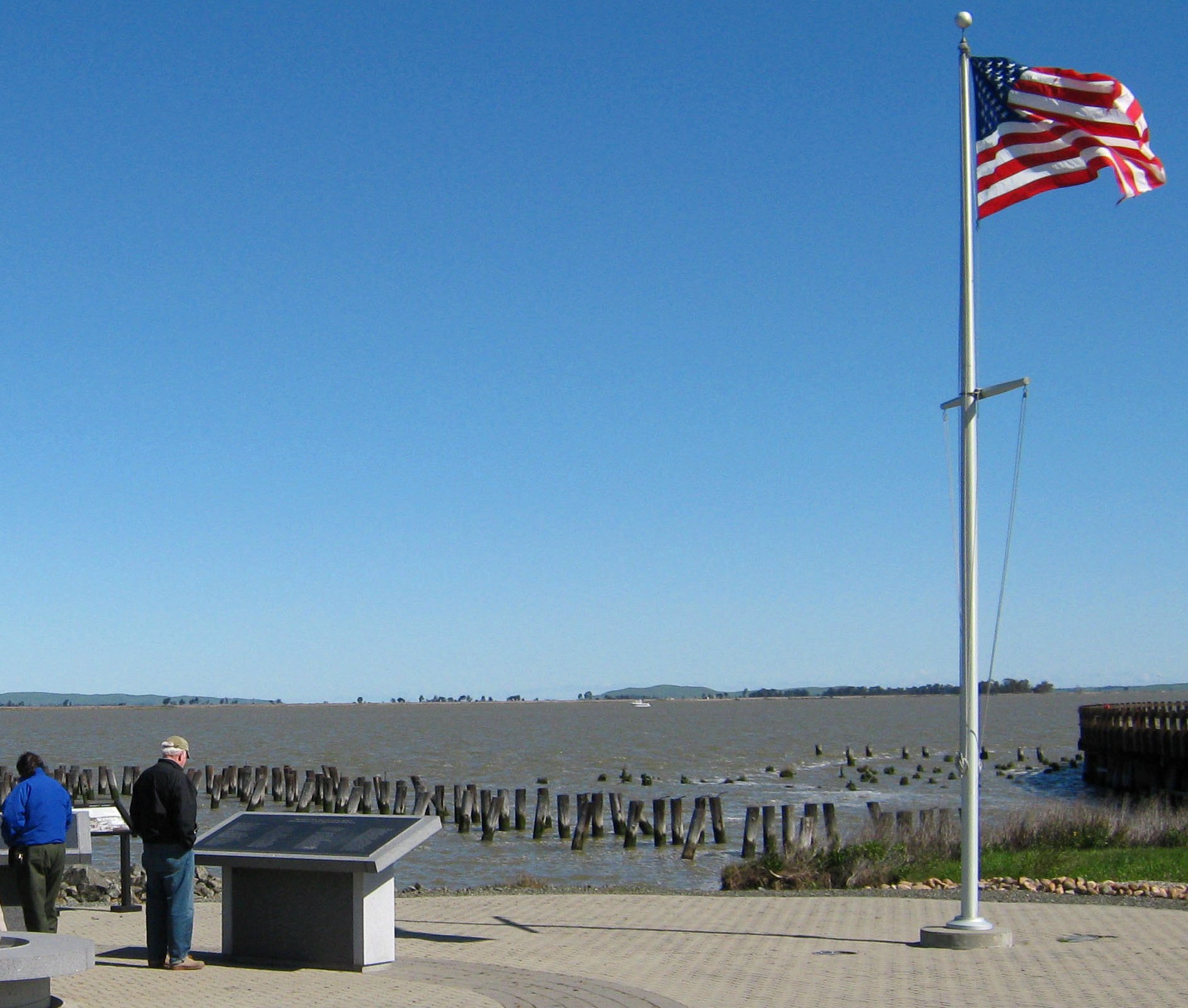 2. Port Chicago Naval Magazine National Memorial
2. Port Chicago Naval Magazine National Memorial
- Visitors in 2012: 533
- Visitors Average in 3 years: 687
- Area Size: 5 acres (2.0 ha)
- Location: This memorial park is situated on the grounds of the Military Ocean Terminal Concord (MOTCO) in Concord, California, in the United States, formerly the Tidal Area of the Concord Naval Weapons Station. The nearest major city to this area is Oakland, California.
- How to Get There:
You can easily get to this park via land transportation (if you are just near the area) or flying into Oakland International Airport, which is approx. 45 minutes away without traffic, San Francisco International Airport (60 minutes), or San Jose International Airport (90 minutes).
- Description:
The Port Chicago Naval Magazine National Memorial is a park dedicated in 1994 remembering the 320 sailors and civilians who perished during a July 17, 1944 ship explosion in the area, as well as the vital role played by the Port Chicago, California being the main facility for the Pacific Theater of Operations during the World War II era. It was in October 28, 2009 when the Memorial became an official unit of the National Park System.
- Activities:
The memorial is only available to the public through reserved guided tours because it is still an active military base. Tours are held every Wednesdays through Saturdays at 10:00 a.m. and 1:30 p.m with each visit lasting for only 1.5 hours. During the tour, all visitors will be shuttled to the memorial on NPS vehicles from the Concord Naval Weapons Station Identity (ID) Office.
Public access of the memorial is prohibited during Sundays, Mondays, Tuesdays, Thanksgiving, Christmas, New Year’s Day, and during Concord Naval Weapons Station operations. The Port Chicago Committee is currently working on expanding the memorial to cover 250 acres (1.0 km2) of the former Port Chicago waterfront which can include old boxcars from the 1940s era, railroad revetments and the existing memorial chapel with its stained-glass windows that represents the World War II operations.
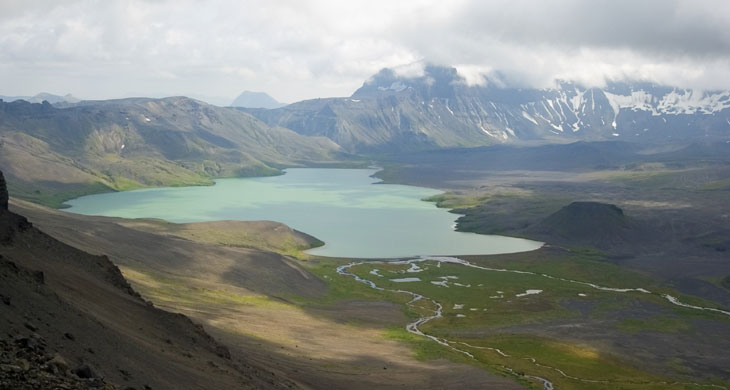 1. Aniakchak National Monument Preserve
1. Aniakchak National Monument Preserve
- Visitors in 2012: 19
- Visitors Average in 5 years: 32
- Area Size: 137,176 acres (monument) and 465,603 acres (preserve)
- Location: 450 miles south of Anchorage on the roadless Alaska Peninsula.
- How to Get There:
Fly through air charters from King Salmon to Meshik Lake, Surprise Lake, or Aniakchak, Amber, or Kujulik bays on the Pacific Ocean. King Salmon offers daily commercial air service from Anchorage. You can also travel through a power boat from any of the several villages along the Pacific Ocean coastline.
- Description:
Due to its remote location and bad weather, it’s no surprise that Aniakchak is the least visited National Park System in the U.S. The park is one of the great dry calderas in the world, positioned in the volcanically active Aleutian Mountain which is the Aniakchak. The crater showcase lava flows, cinder cones, and explosion pit, plus a Surprise Lake (the source of the Aniakchak River) that cascades through a 1,500-foot gash in the crater wall.
This is the park that actually inspired this post. PBS has an awesome series called Life on Fire which featured this park. I found it funny that, in 2010 and 2011, park attendance was about triple normal levels, likely due to this filming.
- Activities:
Although there are no federal facilities within the national monument/preserves, the open ash fields offer hiking and backpacking activity to its visitors. Some other activities available in Aniakchak include fly fishing, wildlife viewing and rafting.

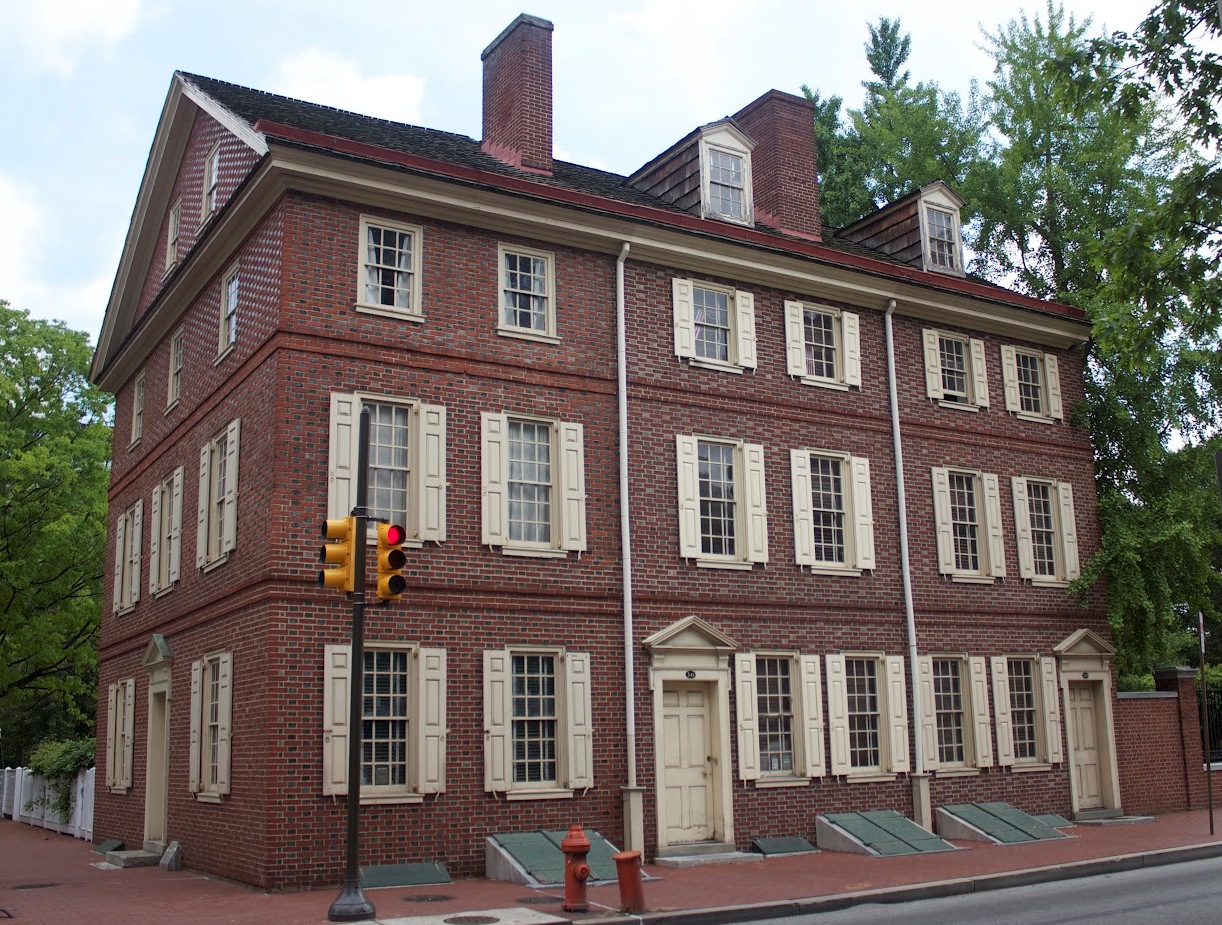
Thanks for sharing this interesting list! I’m currently visiting Glacier National Park. There aren’t too many visitors right now, which is a perk of getting here so early in the season.
I would love to visit the Rio Grande! Great list.